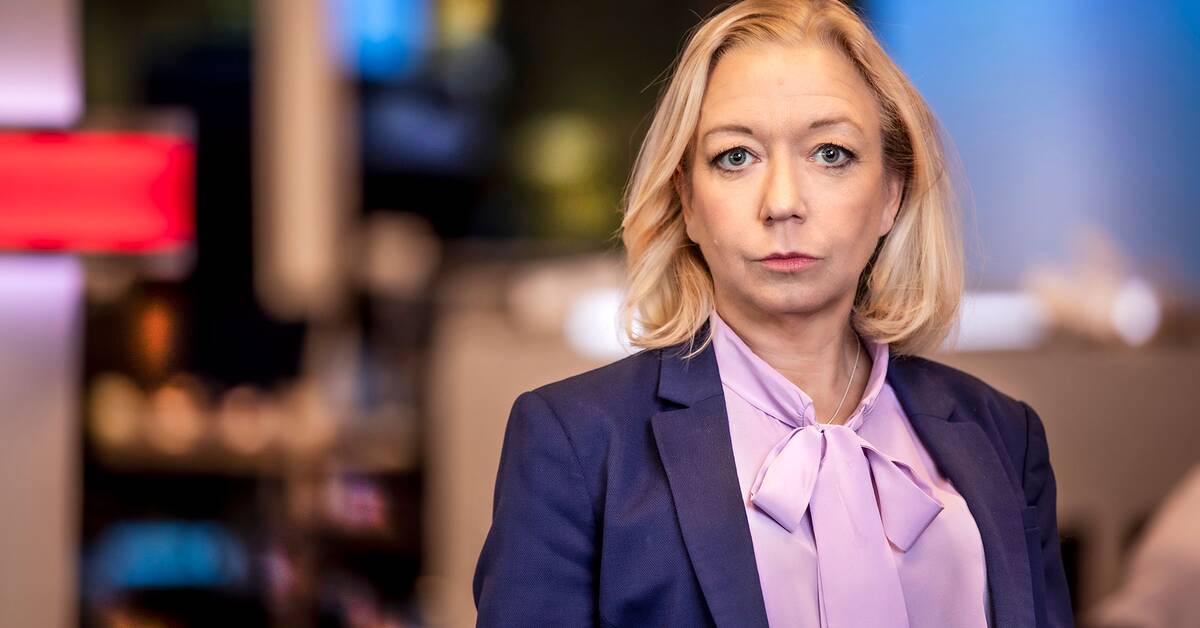It has now been three weeks since Nyamko Sabuni (L) unexpectedly threw in the towel.
With five months until the election, it suddenly became Johan Pehrson's (L) task to try to save a wounded Liberal in the Riksdag.
No small challenge considering that the party has not been above three percent in over a year, according to SVT / Novus.
Worse starting position for Pehrson
Johan Pehrson may be an experienced and experienced politician with strong roots in his party, but he is unknown to voters.
Today's Novus survey shows that 39 percent either do not know him or can state whether they have confidence or not.
The corresponding figure for Nyamko Sabuni when she took office was 24 percent.
Being unknown as a new party leader is not unique to Johan Pehrson.
It is unusual to change leaders so close to an election.
The most dissuasive example is probably Lennart Daléus, who was elected party leader of the Center Party three months before the 1998 election. After an election campaign in which he was marketed with "This is Lennart" posters, C lost nine parliamentary seats.
Of course, the loss was not only due to Daléus, but to be established among the voters in such a short time is difficult.
Highly marginal push with party leader changes
Today's media reality provides better conditions, not least through social media.
But the big question is whether the change of party leader is really the solution for parties on the ropes.
The election researchers at the University of Gothenburg have in a report published shortly studied the 50 party leadership changes that have taken place since 1967. The conclusion is that a change can certainly give a boost, but that it is highly marginal, less than one percentage point on average.
For the Liberals, a meager percentage can of course mean a lot, not least for the ambition to attract moderate support votes.
Lending his vote to a party that is as far below the parliamentary barrier as L does today is risky because that vote risks being discarded.
Tap for Andersson and Lööf
The shift that tops the political scientists' list of successful party leader changes is when Stefan Löfven (S) took over from Håkan Juholt (S).
Then the Social Democrats increased by just over five percentage points within six months.
But it was more of an exit-Juholt effect than a Löfven effect.
The Moderates had a similar development when Ulf Kristersson took over from Anna Kinberg Batra.
The only statistically significant changes in today's Novus survey are the loss for Magdalena Andersson (S) and Annie Lööf (C) of five and four percentage points respectively.
Thus, the S-leader breaks the upward trend that has characterized her party leadership time.
The explanation is probably that the initial crisis effect as a result of the war in Ukraine, has faded.
For Annie Lööf, the loss means no major change, she remains in sixth place.
But the war means that she, like other small party leaders, ends up in the shadows.
100-year history is at stake
An election campaign is soon waiting where the party leaders will once again be at the center, which of course evens out the odds when it comes to opportunities to be seen.
For Johan Pehrson (L) and the Liberals, the more than 100-year history as a parliamentary party is at stake.
But provided that Pehrson does not step on the piano completely during the election campaign, there are probably few who will put the blame on him if the party leaves the Riksdag.
And if the party manages to cling on, he will get hero status.
Although his political project is the same as Nyamko Sabunis', both in terms of government and political priorities.
Politics can be an unfair industry.

